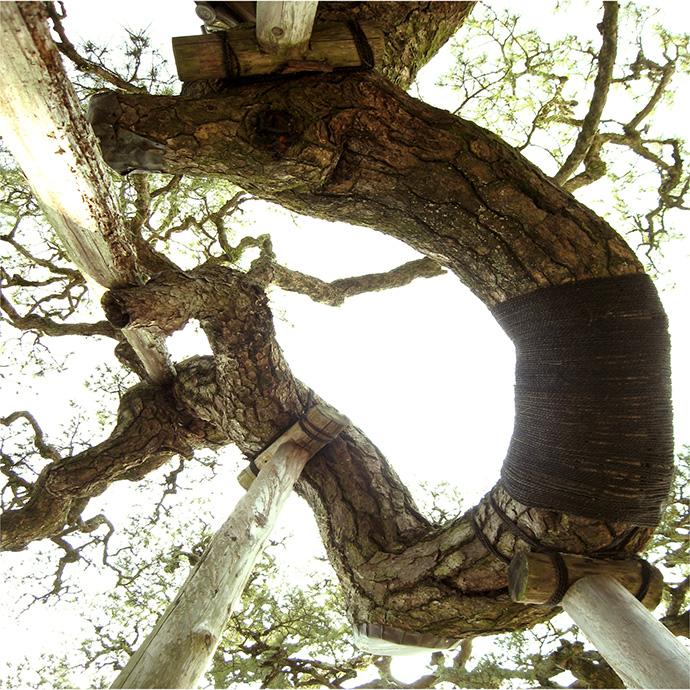It is at the same time true that the world is what we see and that, nonetheless, we must learn to see it—first in the sense that we must match this vision with knowledge, take possession of it, say what we and what seeing are, act therefore as if we knew nothing about it, as if here we still had everything to learn.
• Maurice Merleau-Ponty, The Visible and the Invisible, 1964.
Spontaneity begins to seem, in human affairs, a matter less of behaviour than motivations—and of transactions in which the part of the mountebank behind the camera cannot long be excluded from question. “Spontaneity,” that is to say, comes down to what is not predictable by—and not under the control of—the filmmaker.
• Dai Vaughan, Let There Be Lumière, 1981.
Of a “new American wave” drifting far from Hollywood, Jonas Mekas observed in 1959:
Though made by directors of different ages and temperaments, all these films reveal an open ear and an open eye for timely, contemporary reality. They are similar in other respects: in their use of actual locations and direct lighting; their disrespect for plots and written scripts; their use of improvisation. And since their most passionate obsession is to capture life in its most free and spontaneous flight…these films could be described as a spontaneous cinema. This feeling is intimately linked with the general feeling in other areas of life and art: with the ardour for rock and roll; the interest in Zen Buddhism; the development of abstract expressionism (action painting); the emergence of spontaneous prose and New Poetry—all a long-delayed reaction against puritanism and the mechanization of life.
• Jonas Mekas, Towards a Spontaneous Cinema, 1959.
The development of lightweight cameras and tape recorders made possible the continuous, handheld, synchronous filming of events without prior planning or direction; and this happened just at the time—the early 1960’s—when artists in various fields were seeking to overthrow established grammars which had begun to seem complicit with political oppression. The word “democracy” was much in vogue, being used in ways that had not been heard before and have not been heard since. Serial music was held to be more “democratic” than tonal music, not because more people could enjoy it but because it eliminated any hierarchy between notes. The aleatory principle was embraced with enthusiasm.
• Dai Vaughan, For Documentary, 1999.
The most explicitly observational films are usually fragments, or fragmentary…Longer observational films are more often patterned on the narratives of realist fiction…Short observational films often come about accidentally, since the observational method typically involves filming things without knowing how they will turn out.
• David MacDougall, Whose Story Is It? 1991.
To capture spontaneity it must exist and everything you do is liable to destroy it…beware!
• Richard Leacock, A Search for the Feeling of Being There, 1997.
The intention of a movie is to register something that is fleeting—elements of a process, for example, a response to prevailing conditions; or to reveal something that is otherwise invisible—drifts of a wind, the relationships that impart structure to an environment.
• Rachel Strickland, How to Walk Without Watching Your Step, 2002.
Cinema is far too rich and capable a medium to be merely left to the storytellers.
• Peter Greenaway, introduction to script of A Zed and Two Noughts, 1986.

